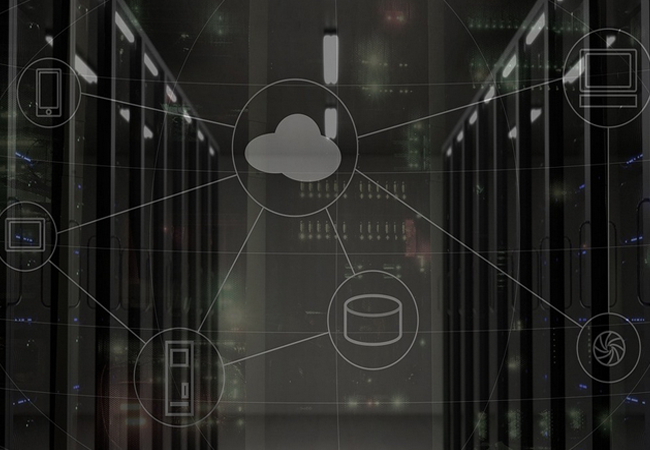Cloud computing has become an integral element of the business landscape in the current digital era. From small enterprises to multinational corporations, many organizations have shifted from traditional IT infrastructure to cloud-based solutions. The cloud has provided numerous advantages, including cost reductions, scalability, and adaptability.
But what is cloud computing exactly? Cloud computing, in its purest form, refers to the transmission of computational services over the internet. It eliminates the need for on-premises infrastructure and hardware by enabling users to access shared resources, software, and data via the internet.
There are three primary categories of cloud computing:
Infrastructure as a Service (IaaS): is one of the most prominent categories of cloud computing services. IaaS provides virtualized computational resources to consumers via the internet, including virtualized servers, storage, and networking, as its name suggests.
IaaS enables users to promptly provision and scale their computing infrastructure, pay for only what they use, and avoid managing physical hardware. This makes it an ideal choice for companies of all sizes, from beginnings to large corporations.
With IaaS, users have complete control over their infrastructure and can configure and administer their virtualized resources in accordance with their particular requirements. This includes the configuration of virtual servers, storage devices, and networking components, as well as the establishment of security policies and access controls.
Platform as a Service (PaaS): is a cloud computing paradigm that allows developers to create, deploy, and administer their applications. This service eliminates the need for businesses to build and maintain their own infrastructure by providing them with a pre-built environment in which to develop and deploy applications.
PaaS is intended to enable the entire web application life cycle, including development, testing, deployment, management, and application updates. It provides a collection of tools and services that allow developers to focus on application development without worrying about the underlying infrastructure.
PaaS also reduces the amount of time and effort required to deploy and manage applications. Without needing to concern about the underlying infrastructure, developers can rapidly create new instances of their application. PaaS providers are also responsible for the security and maintenance of the underlying infrastructure, allowing developers to focus on developing and enhancing applications.
Amazon Web Services (AWS) Elastic Beanstalk, Microsoft Azure App Service, and Google Cloud Platform App Engine are prominent PaaS providers. These providers provide a vast array of tools and services, including databases, analytics, and monitoring, to assist businesses in developing and managing their applications.
Software as a Service (SaaS): is a paradigm of cloud computing in which software is delivered to end-users via the internet, enabling them to access and use the software without requiring local installation and maintenance. This model is gaining popularity among businesses of all sizes because it eliminates the need for intricate IT infrastructures and enables businesses to concentrate on their primary business activities.
SaaS has several advantages over traditional software licensing models. SaaS eliminates the need for businesses to purchase, install, and maintain costly hardware and software, which can be time consuming and expensive. Instead, users can access the required software via the Internet and pay only for what they use through a subscription model.
Another advantage of SaaS is its scalability. Traditional software licensing models require businesses to purchase licenses for every employee, regardless of how frequently the software is utilized. With SaaS, businesses can purchase only the licenses they require and scale up or down as their requirements change.
Additionally, SaaS facilitates access to software updates and enhancements. Software vendors can make regular changes and enhancements to their software, and SaaS users can automatically take advantage of these changes without having to purchase and install new software versions.
Cloud computing provides numerous benefits, such as:
Cost savings: Cloud computing reduces capital expenditures by eliminating the need for on-premises hardware and infrastructure. In lieu of this, users pay only for the computing services they utilize, which is typically more cost-effective.
Scalability and adaptability: Cloud computing enables users to rapidly and easily increase or decrease their computing resources in response to fluctuating demand. This scalability and adaptability is particularly advantageous for businesses with seasonal demand.
Accessibility: Cloud computing enables users to access their data and applications from any Internet-connected location in the globe. This facilitates remote labor and allows businesses to operate globally.
Security: Providers of cloud computing typically have more robust security measures in place than small businesses or individual consumers, which can protect data from cyber attacks and other security threats.
Cloud computing is essential for businesses seeking to operate more efficiently and effectively in the current digital environment. Understanding the fundamentals of cloud computing is essential for selecting the appropriate cloud computing services for your organization.


Post a Comment